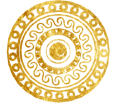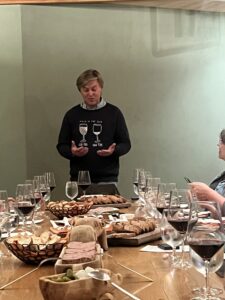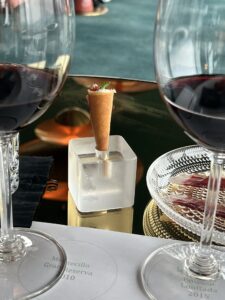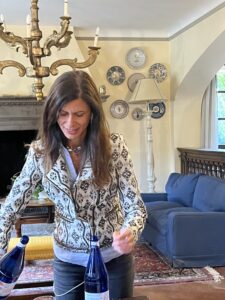Chianti Classico
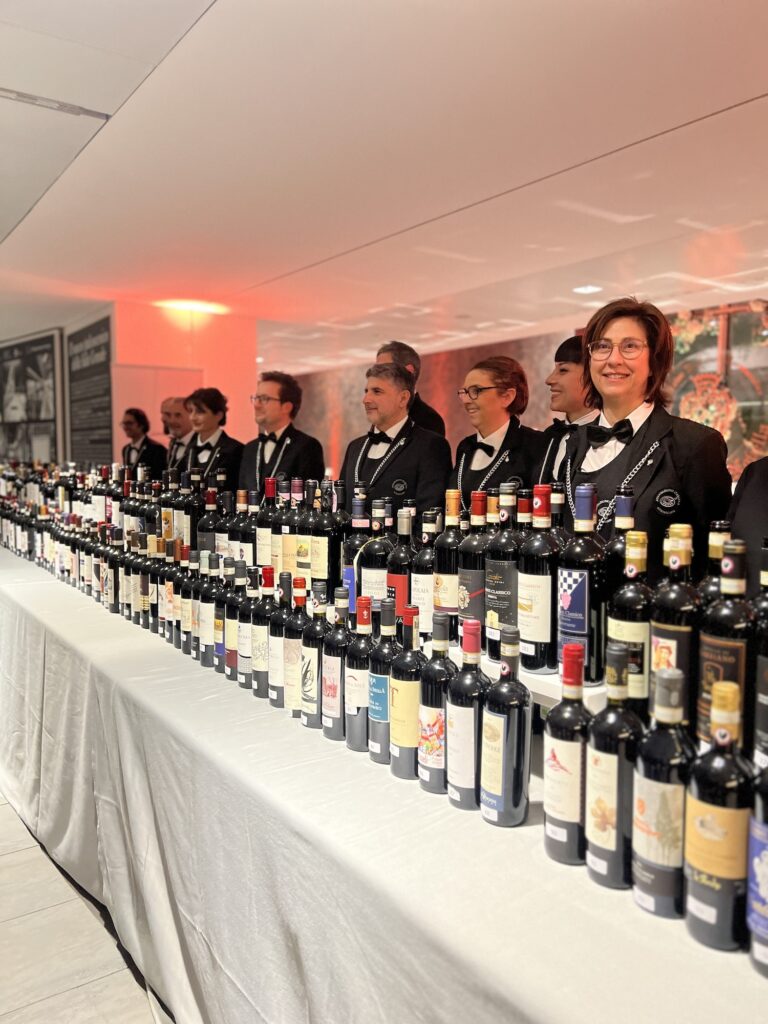
Antiprime di Toscana, an annual event for the international trade, is all about celebrating the exuberant wines of Tuscany, with special emphasis on Sangiovese in all its many guises.
During this enormous six-day fair, different Tuscan regional consortiums have specific times and days at a variety of venues to showcase their wines to the international trade.
The interaction can take many forms that range from simple interactions with buyers and journalists in a booth to sommelier service in large rooms.
Interactions can also include masterclasses with highly credentialed experts, and visits to wineries themselves.
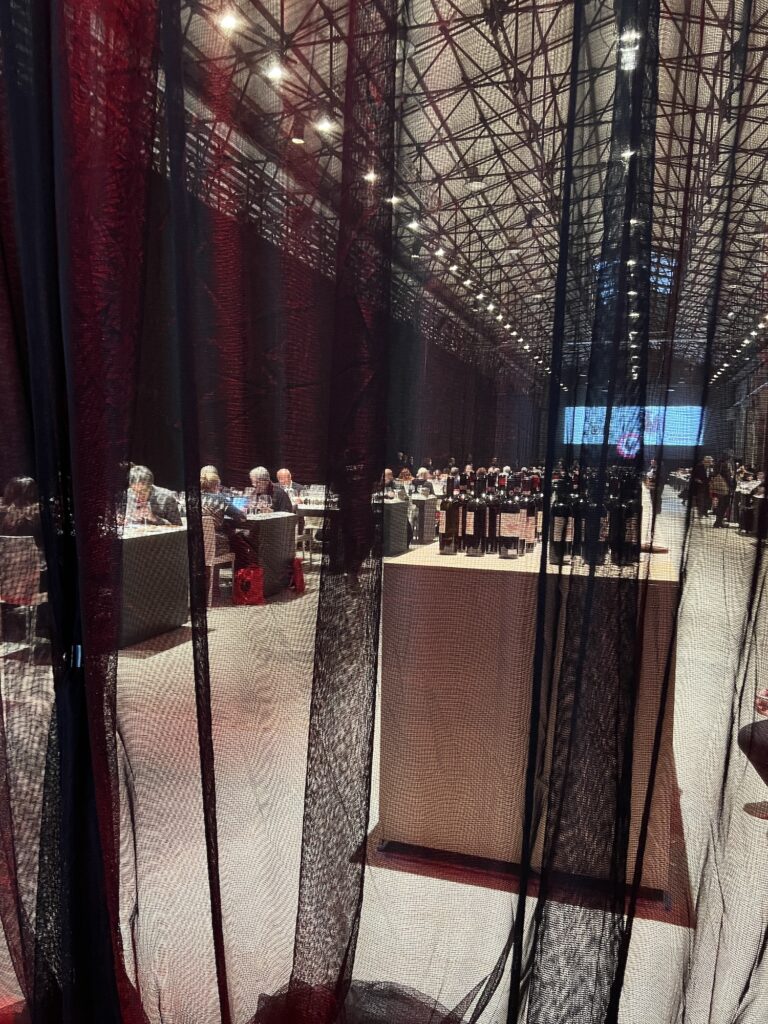
This year (Monday and Tuesday, February 12 and 14) saw the Preview tasting of the latest vintages of Chianti Classico wines, in three typologies, Annata, Riserva and Gran Selezione.
Sommelier service was available at a large center section, and also personal tasting at the stands of over 200 wine producers, where one could converse with them.
Chianti Classico: Why so Popular?
Chianti Classico wines have been a mainstay in the US market for many years, with a loyal following among American wine enthusiasts. There are several key reasons Chianti Classico is so popular in the USA:
1. Versatility: One of the primary reasons for Chianti Classico’s popularity is its versatility. The wine’s medium body, bright acidity, and balanced tannins make it a brilliant match for a wide range of foods. It pairs well with classic Italian dishes such as pasta and pizza, as well as heartier fare like roasted meats and game.
2. Quality: Over the years, Chianti Classico producers have made significant improvements in grape growing and winemaking techniques, resulting in wines that are more expressive, complex, and balanced than ever before.
Many producers have focused on sustainable and organic viticulture, reducing yields, and using traditional winemaking methods to produce wines that reflect the unique terroir of the region.
The result is a higher quality product that is appreciated by discerning American wine consumers.
3. Branding and Marketing: Branding and marketing efforts have played a key role in the popularity of Chianti Classico in the US market.
Many producers have invested in eye-catching labels, unique bottle shapes, and other packaging innovations to make their wines stand out on the shelves.
They have also taken advantage of social media and other digital marketing channels to reach a wider audience.
Wine critics and influencers have also played a role in promoting Chianti Classico, with many giving high scores and positive reviews, which has helped to elevate the wine’s reputation and desirability among American wine lovers.
History of Chianti Classico
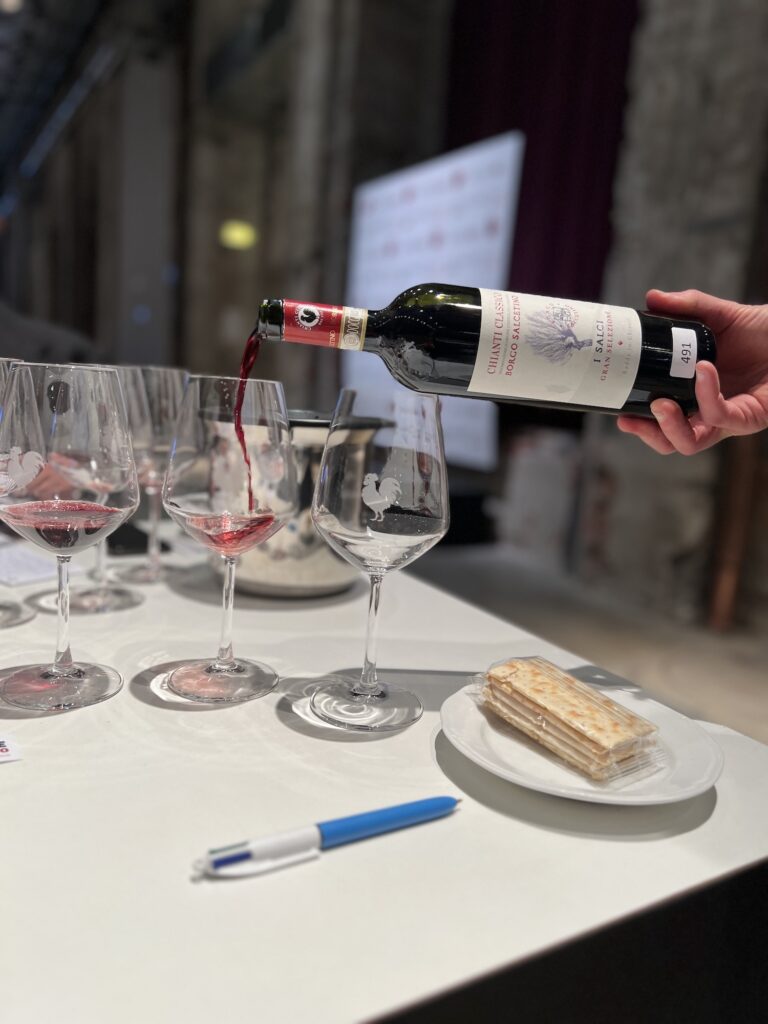
For centuries, the rolling hills of Tuscany have produced some of the world’s most highly regarded wines. The region’s viticultural history dates back to the Etruscan civilization, with wine production reaching its peak during the Roman Empire.
However, it was not until the Middle Ages that the specific wine known as Chianti Classico emerged.
Chianti Classico is named after the historic region of Chianti, which is between Florence and Siena. The first reference to Chianti dates back to the 13th century, when the territory was under the control of the Florentine Republic.
However, it was not until the 18th century that the Grand Duke of Tuscany, Cosimo III de’ Medici, defined the boundaries of the Chianti region. This included the municipalities of Castellina, Gaiole, Radda, and Greve.
The name Chianti Classico was first used in the late 19th century to distinguish the wines produced in the original Chianti region from those produced in the surrounding areas.
In 1932, the Chianti Classico Consortium was established to regulate and promote the production of these wines. The consortium defined the production area, grape varieties, and winemaking techniques that are required to make Chianti Classico wines.
Besides Sangiovese, Chianti Classico wines can also contain small amounts of other authorized grape varieties, such as Canaiolo, Colorino, and Merlot. The exact blend of grapes used can vary depending on the producer and vintage, but Sangiovese must always make up at least 80% of the wine.
Another factor that sets Chianti Classico apart from the surrounding Chianti region is the terroir. The region’s hilly landscape, rich soil, and mild Mediterranean climate provide ideal growing conditions for Sangiovese.
The specific microclimates and soil types within the region can also contribute to the unique characteristics of the wines produced there.
Three Main Categories of Wine
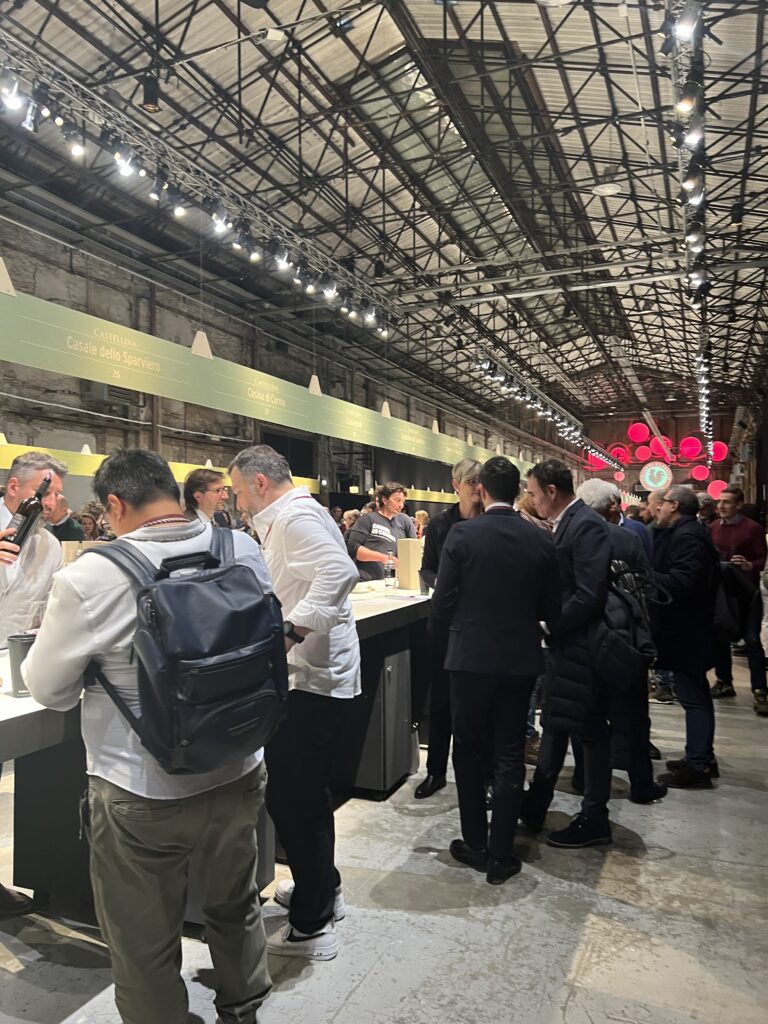
The major categories of wine produced in the Chianti Classico region include Chianti Classico DOCG, Chianti Classico Riserva DOCG, and Chianti Classico Gran Selezione DOCG.
Chianti Classico DOCG is the most common and widely produced wine in the region, primarily made from the Sangiovese grape variety and containing at least 80% of Sangiovese. The remaining 20% can comprise other authorized grape varieties such as Canaiolo, Colorino, and Merlot.
Chianti Classico DOCG wines are required to be aged for at least 12 months, with at least 3 months in the bottle, before they can be released to the market. These wines are known for their bright acidity, red fruit flavors, and firm tannins.
Chianti Classico Riserva DOCG is a step up from the basic Chianti Classico DOCG. It is made from the same grape varieties and must be aged for at least 24 months, with at least 3 months in the bottle, before it can be released.
The Riserva designation is only given to wines that meet certain quality standards and are made from grapes grown in the best vineyards. Chianti Classico Riserva DOCG wines are known for their complexity and balance, with more pronounced flavors of red and black fruit, leather, and spice.
Chianti Classico Gran Selezione DOCG is the newest and highest classification of wine in the region. It was introduced in 2014 and is only given to wines that are made from grapes grown in the best vineyards and meet the highest quality standards.
Chianti Classico Gran Selezione DOCG wines must be aged for at least 30 months, with at least 3 months in the bottle, before they can be released. These wines are known for their concentration, depth, and complexity, with flavors of dark fruit, spice, and a long, lingering finish.
During the sommelier service, it was interesting to try Gran Selezione wines from different producers, who made their wine from their own unique terriors. I tried to form an opinion about the wine before reading the technical sheet with specific regard to if the wine was produced from 100% Sangiovese or if another variety was added (producers can presently add up to 20% of another variety).
In almost all cases, I could tell the wines made from 100% as they had a unique purity of flavor. Currently, there is discussion among producers whether to make a ruling that all Gran Selezione wines must be produced from Sangiovese only.
Film and Press Dinner
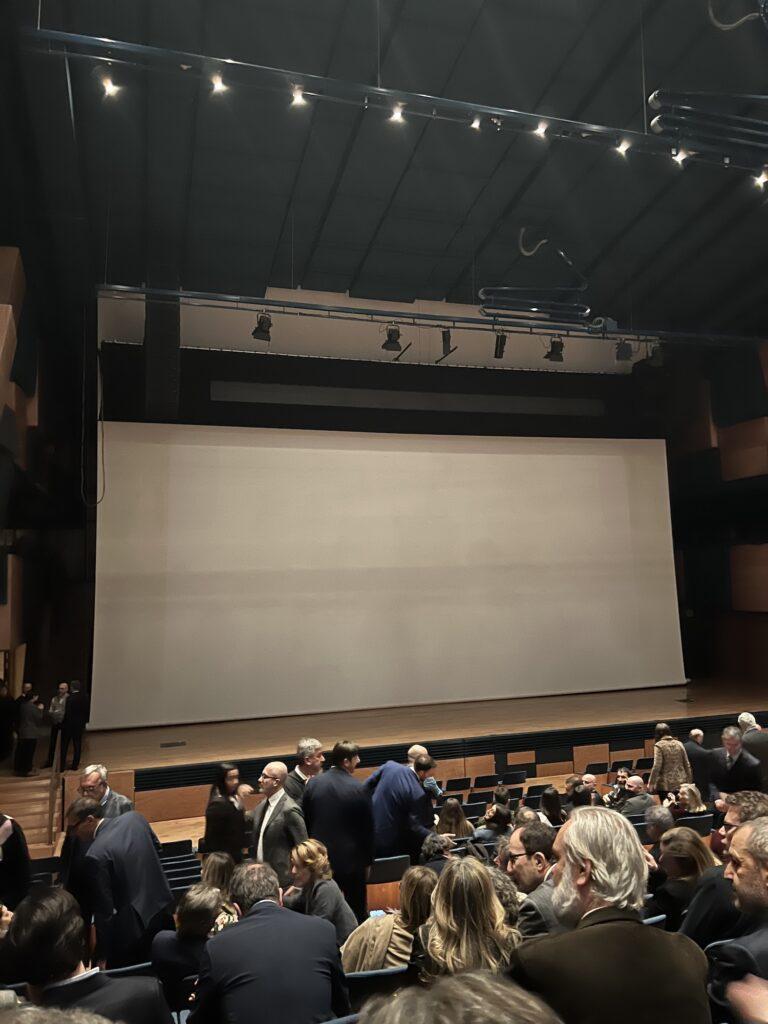
Following the tasting was a cocktail party with the producers and a screening of the short film, “Leggenda del Gallo Nero” marked by gorgeous cinematograph.
The purpose of the film was to explain the black rooster’s origin on the label, which dated back to a medieval war between Florence and Siena that depended on the black rooster crowing at daybreak.
Press Dinner
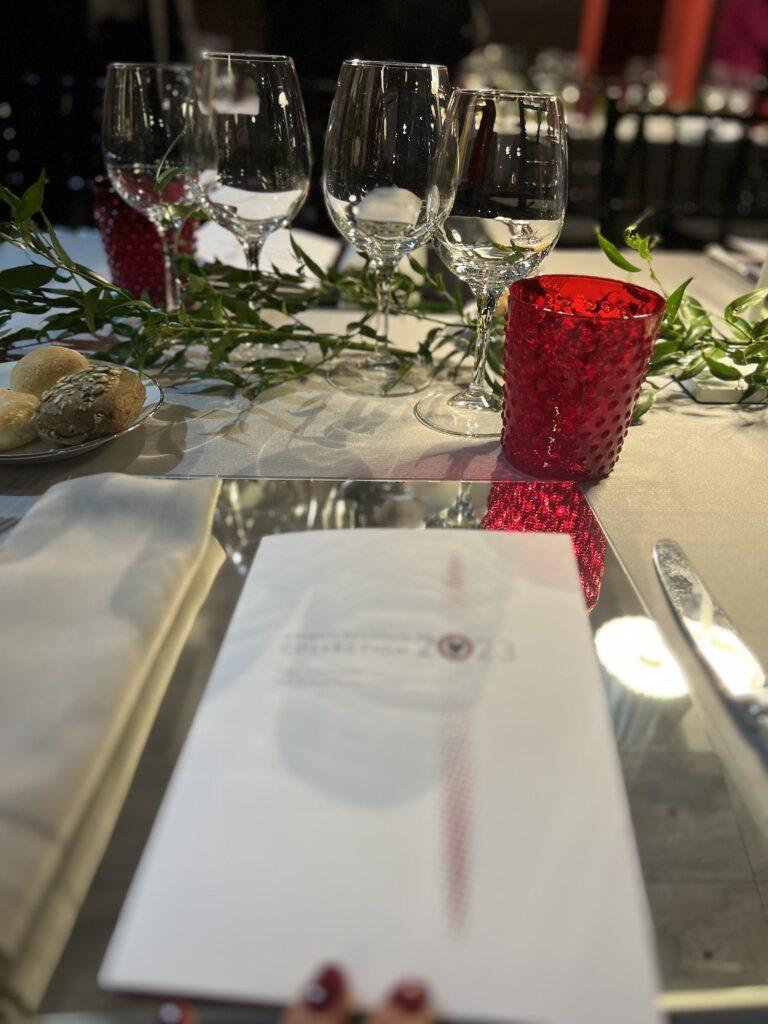
The dinner hour was a great opportunity to literally break bread with producers, taste their wine, and hear their stories.
I was lucky in that I could sit next to a fellow American, Lawrence Cronin, now an enologist for Tenuta di Arceno with amazing stories to tell.
